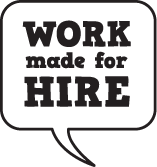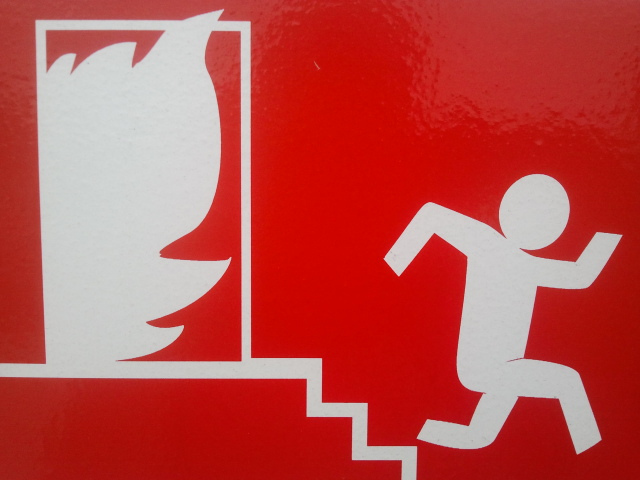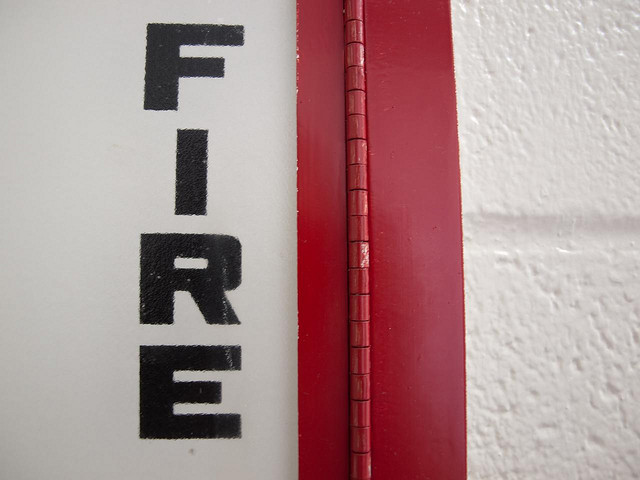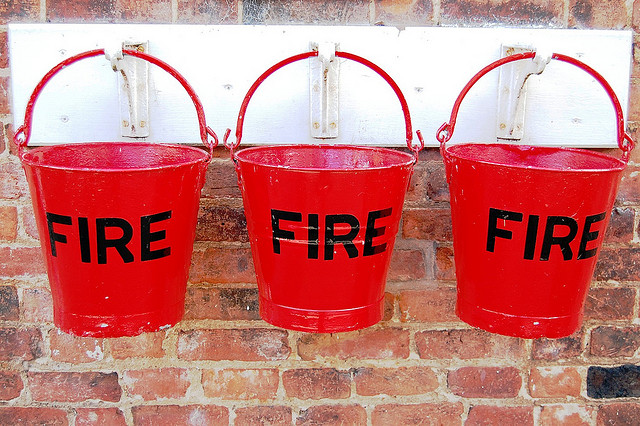Fire Bad Clients
Life is too short to work with bad clients.
Sometimes, despite your best attempts to save the situation, the time arrives to cut a client loose so you can focus your energy on more fruitful endeavors.
When that time comes, don’t drag it out or give them 42 second chances. Make it quick and be direct so you can both move on.
How do I know if I should fire my client?
First off, you need to reject the popular myth that dealing with bad clients is part of being a freelancer.
While it’s true that you will, at some point or another, have to work with people you don’t like, it’s not part of your job description that you have to work with people who are disrespectful of you, your time or your work.
Every truly bad client you tolerate uses time you could be spending with a client who does respect you, or that you could use to find new clients who are thrilled about the chance to work with you. You literally don’t have time to work with bad clients.
In order to know if you should fire a client, you need to know what your boundaries are. Are clients allowed to call you after 8:00pm? How many revisions are you willing to do? How quickly should invoices be paid?
Your answers to these questions are your boundaries. They help encourage the best possible working environment so you can focus your energy on doing what you’re really good at. When these boundaries aren’t respected, you’re forced to take time and energy to deal with the fallout.
Spend a little time to figure out what your boundaries are and make sure you clearly communicate them to your clients. You can do this through your contract, through a new client welcome letter, or through an FAQ about what working with you is like.
The clients you need to fire are the clients that don’t respect these boundaries.
How do I fire a client?
Quickly.
When a client shows a consistent disregard for your boundaries, break ties with them sooner rather than later. You might be inclined to wait in hopes that “this time” things go well. Don’t.
The first time a client breaches a boundary, don’t let it go unnoticed. Let the client know you know and help them understand what happens if they do it again.
“Jake, thanks for your payment. It was five days late; if you think you’ll be late again, please let me know so I can work with you. I only accept a total of two late payments without prior notice per client.”
“Heather, as we agreed in the contract, this project included two revisions at no cost and would have no more than a total of four revisions. We’re about to start work on the fourth revision. I want to bring this up because this is the last revision I can do for you.”
Did you just make an “oooh, that seems harsh” face? Or say, “I can’t do that!”?
We train our clients how to treat us by what we let them do when they work with us.
If you train your clients to step on your toes, they will. And it will be much harder to address their up-until-now-seemingly-OK-behavior when they eventually step too hard and break your foot.
When you tell a client what you don’t want them to do, you empower them to do one of two things. One, they change their behavior and you get to do good work together. Two, they don’t change their behavior and they get to find someone else to work with.
So Jake misses another payment deadline without calling? “I’m sorry we’re not going to be able to keep working together. Please let me know if you’d like recommendations of other professionals you might be able to work with.”
Heather asks for a fifth revision? “I’m sorry, per our contract I can’t do that work. Once you’ve paid my final invoice, I’ll turn the files over to you so you can find another designer to finish the project.”
But what if I never get another client again because I fire the bad ones?
There are good clients out there. People who will respect you and the work you do.
But if you make it known that you don’t mind being disrespected by your clients, it will be harder for the good ones to find you. The good clients aren’t looking to work with people who accept any standard; they’re looking to work with people who have standards that are as high, or higher, than their own.
Know your boundaries, communicate them clearly and speak up when they’re broken. If a client can’t respect your boundaries, fire them so you can focus your energy on your good clients.
Categories: Dealing with People





